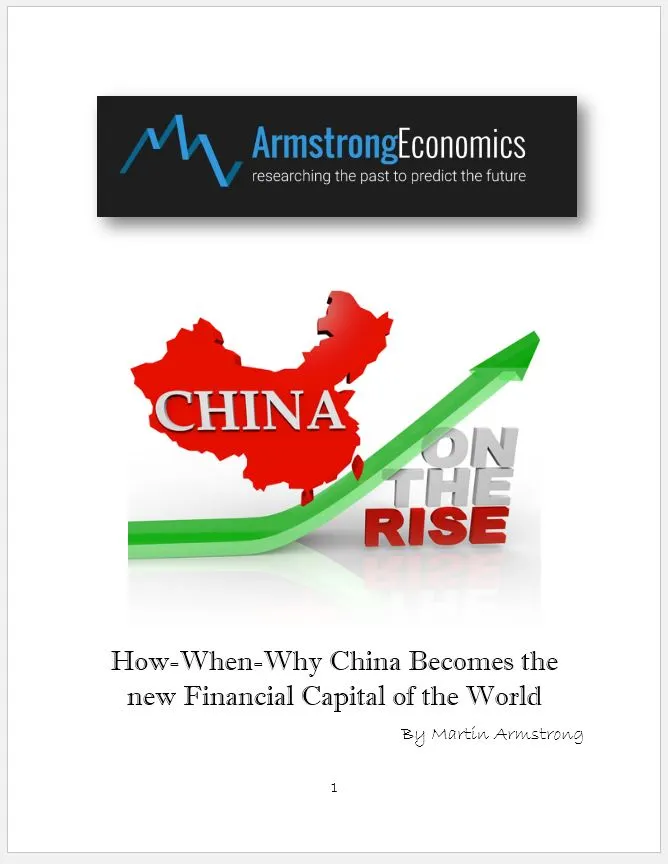China & the Hidden Debt Crisis in the Provinces
The Sovereign Debt Crisis in China among the provisional governments is alive and well. The off-balance sheet government liabilities in the regions amounted to an estimated 40 trillion yuan which is almost $6 trillion. Some are calling this a “gigantic credit risk” which is a hidden liability. This represents 60% of GDP which bypasses the debt-to-GDP ratio set by the central government on the provinces. They have created financial vehicles called LGFVs. Beijing has focused on shadow banks, regulatory loopholes, and hidden bad loans. They have curbed the shadow banking and brought the BitCoin outflow down. However, the Beijing government has only been able to reduce the credit risks associated with LGFVs marginally. The current view is that it will take China up to a decade or more to deal with the problem of LGFVs, as we enter this debt crisis cycle between 2019 and 2021, the pressure will build much sooner.
Nevertheless, we see that this debt crisis is what is holding back China short-term. The 3rd quarter GDP growth for 2018 came in well below expectations. Once this adjustment is addressed, we will still see China emerge as the Financial Capital of the World after 2032.


